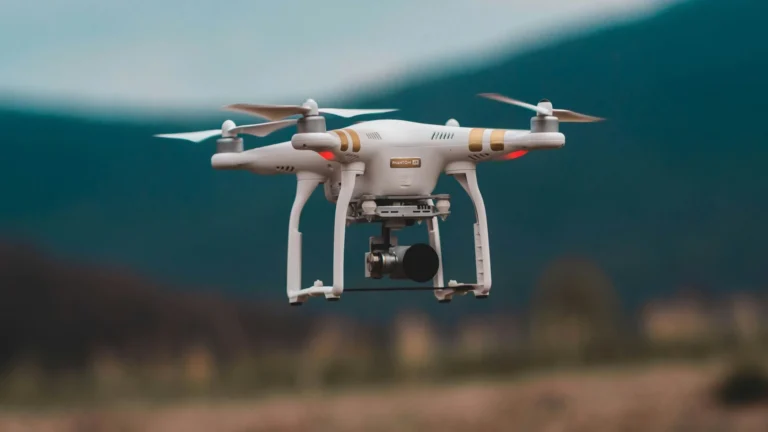Landry signs UAV law to protect schools, vital infrastructure ‘before tragedy strikes’
(The Center Square) — The Louisiana Advanced Aviation and Drone Advisory Committee has outlined a statewide strategic economic plan aimed at preparing for the rapid growth of unmanned aircraft systems and advanced air mobility technologies.
Just a couple of hours before the committee met, Gov. Jeff Landry signed a law that will allow law enforcement to deploy “both kinetic and non-kinetic technologies to neutralize unmanned aerial systems operating unlawfully near high-risk areas such as schools, public events and critical infrastructure,” the Governor’s office wrote.
“This law puts Louisiana on the front lines of drone defense,” said Landry. “We are taking bold steps now to protect our people and our skies before tragedy strikes.”
During a recent meeting, drone advisory committee members provided a “30,000-foot view” of the plan, which is being developed in partnership with the Louisiana Department of Transportation and Development. The agency has issued a request for proposals to hire a consultant who will guide the multi-phase planning effort.
“We know there are exciting things happening already — especially at Terrebonne Airport — but we want to zoom out and ensure we’re planning for the entire state,” said Chairman Bradley Brandt, who is also aviation director at DOTD.
The first phase will include a SWOT analysis — evaluating strengths, weaknesses, opportunities, and threats — of Louisiana’s aviation infrastructure and policies. The plan will assess public-use airports and heliports, Land use and zoning regulations and operational use cases.
The goal is to understand how prepared Louisiana is to support AAM technologies, such as drone delivery systems and air taxis, and to determine where future investment should be directed.
The committee is also exploring the creation of dedicated air corridors for drone operations, as requested by industry stakeholders. These routes could streamline commercial UAS activity and help integrate Louisiana into the national AAM network.
In addition, a recent economic impact report will be incorporated into the strategy, projecting the infrastructure and investment needs for unmanned operations in Louisiana over the next five to ten years. This includes identifying key opportunities for job creation, private investment, and technological innovation.
Recognizing the importance of public buy-in, the committee plans to launch a public education campaign, including a webinar series, social media outreach, and informational content explaining AAM’s benefits and safety protocols.
The committee also plans to hire professional grant writers to pursue federal funding that could support Louisiana’s growth in this sector. Brandt said this is not just about planning but also about “aggressively investing” in the state’s aerial transportation future.
In closing comments, a member highlighted the importance of public engagement through programs like Aviation Day, which introduces children and community members to aviation careers.
Todd Stanberry mentioned a growing interest in aviation in northwest Louisiana, with over 1,600 students expressing interest in aviation-related careers through the Vertical Aviation International Rotor Pathway Program.

